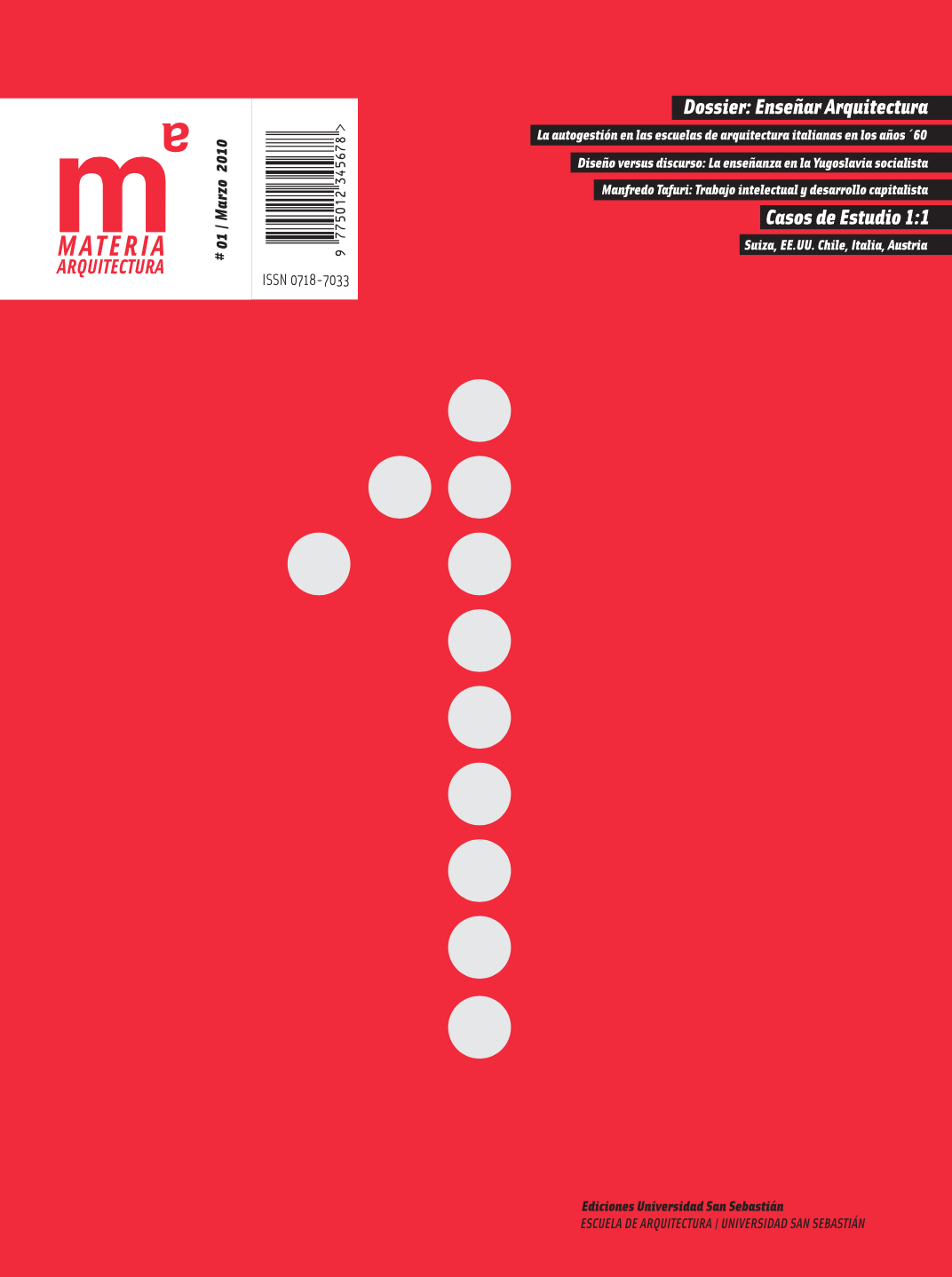Design versus Discourse Architectural Education in Croatia, 1945-1991, within Socialist Yugoslavia
Main Article Content
Abstract
This article reviews the various periods which can be distinguished in the official teaching of architecture in Croatia, emphasizing on the relationship between socialist ideology and architecture in the 1950s and the 1960s.
After the Second World War, Yugoslavia rejected soviet socialist realism and artistic practice achieved considerable autonomy. But the socialist project demanded two tasks from architecture: representation of the new society and urbanization. Thus, the priority for higher education was mass production of professionals. Architecture, seen as a synthesis of art and engineering, progressed with the general economic development and was often identified with the construction industry. Limited theoretical research and absence of critical thinking produced stagnation. Instead of giving way to a critical theory as a basis for the students’ intellectual development, the fading of the socialist Project strengthened concepts which followed the professors’ personal poetics. The Architecture Faculty of Zagreb continued to legitimize its modernist curriculum. The artistic and conceptual trends developed at the faculty since the late 1970s replaced the long awaited critical discourse, which began to appear only in the 1980s with the arrival of the first professionals trained in the U.S.A.
Article Details
Materia Arquitectura provides immediate and free access to all the content of this online edition, published simultaneously with the print edition.
Materia Arquitectura does not charge authors for any concept.
All contents of this electronic edition are distributed under the Creative Commons license of "Attribución-shareAlike 4.0 Internacional" (CC-BY-SA).
The rights of the published texts and images belong to their authors, who grant Materia Arquitectura the license for their use. The management of the permits and the authorization of the publication of the images (or of any material) that contains copyright and its consequent rights of reproduction in this publication is the sole responsibility of the authors of the articles.
As long as they mention their origin, the authors are free to distribute their articles by other means. Any total or partial reproduction of the material must mention its origin.
